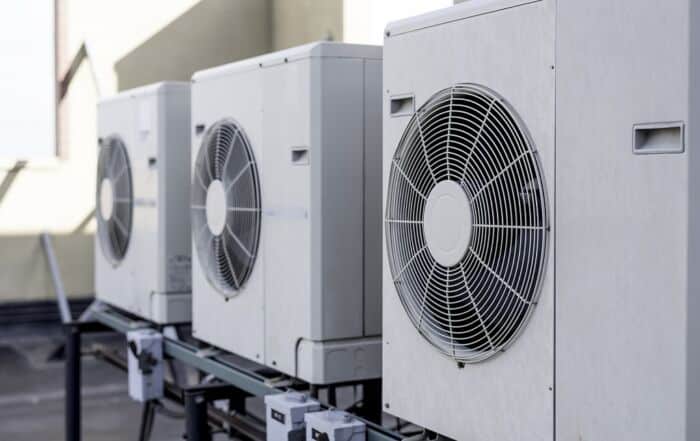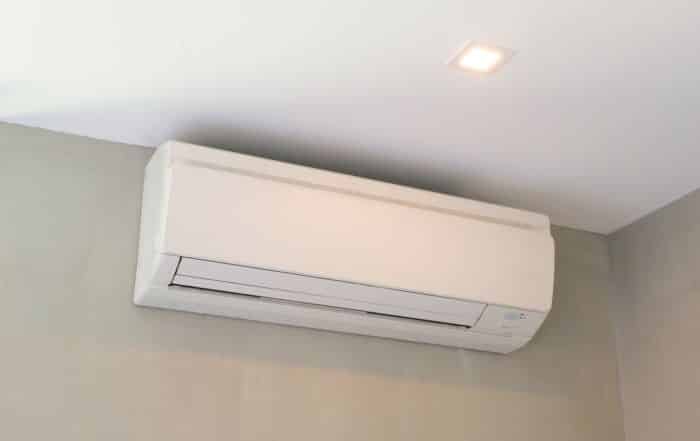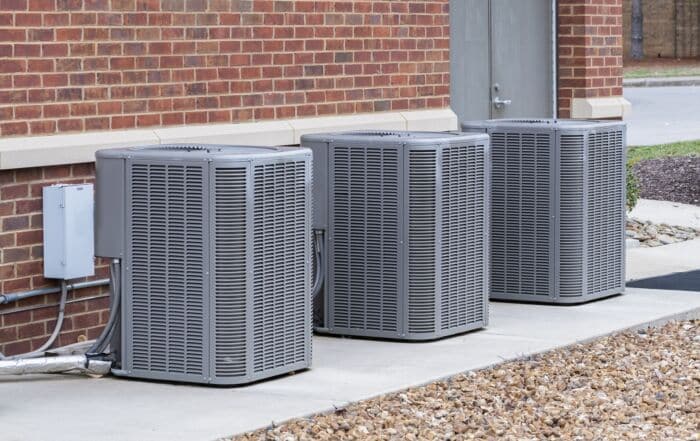As temperatures begin to drop and the winter months approach, homeowners must take proactive measures to protect and maintain their HVAC (heating, ventilation, and air conditioning) system. A well-prepared HVAC system will not only keep your home warm and comfortable throughout the winter but also help prevent unexpected breakdowns while minimizing your energy consumption. In this blog, we'll provide a step-by-step guide on preparing your HVAC system for the colder months, with expert tips from the professionals at Dallas Heating & Air Conditioning.
Getting your HVAC system ready for winter involves a series of inspections, cleanings, and optimizations. By following this step-by-step guide, you can ensure that your system operates efficiently, effectively, and safely during the winter season while maximizing comfort and minimizing energy costs. Whether you're a first-time homeowner or someone looking to optimize their existing HVAC system, this informative article is designed to help you navigate the process with ease.
So, let's walk through the essential steps for preparing your HVAC system for the winter months, with guidance and expert advice from the professionals at Dallas Heating & Air Conditioning – your reliable AC repair company in Dallas.
Step 1: Inspect and Replace Air Filters
One of the most crucial steps in preparing your HVAC system for winter is inspecting and, if necessary, replacing your air filters. Dirty or clogged filters can drastically reduce your system's efficiency and lead to unnecessary strain on the equipment. It's recommended to check your filters at least once a month and replace them as needed, typically every one to three months.
Step 2: Schedule a Professional HVAC System Inspection
Before temperatures plummet, it's wise to schedule a professional inspection and tune-up for your HVAC system. An experienced technician from Dallas Heating & Air Conditioning can thoroughly inspect your equipment for any signs of wear, damage, or potential issues. They can also make necessary adjustments and repairs to ensure your system runs smoothly and efficiently throughout the season.
Step 3: Seal Gaps and Insulate Your Home
Proper insulation and sealing of gaps around your home can make a significant difference in maintaining a comfortable indoor environment during the cold winter months. Use caulk or weatherstripping to seal gaps around windows and doors, and be sure to inspect and bolster insulation in your attic, basement, or crawl spaces. This step will help to reduce drafts, maintain consistent indoor temperatures, and reduce the overall workload on your HVAC system.
Step 4: Clear and Clean Your Exterior HVAC Components
Preparing your HVAC system for winter also involves inspecting and cleaning the exterior components of your system, such as the outdoor unit of your heat pump or air conditioner. Clear away any debris, leaves, or dirt that may have accumulated around your outdoor unit, and ensure there are no obstructions that could impede airflow. Additionally, remove any vegetation or clutter that is too close to your outdoor unit, as this can restrict airflow and impair system performance.
Step 5: Check Your Carbon Monoxide Detectors
Winter months often bring an increased risk of carbon monoxide poisoning due to the use of heating systems, which can produce this dangerous, odorless, and tasteless gas. Be sure to check and test all carbon monoxide detectors in your home to ensure they are functioning correctly. It's also a good idea to replace the batteries in these devices annually, even if they appear to be working properly.
Step 6: Test and Adjust Your Thermostat
As the cold weather arrives, it's essential to evaluate the settings on your thermostat to ensure optimal comfort and energy efficiency. Start by testing your heating system to ensure proper operation, and then adjust your thermostat settings to suit your winter comfort preferences. Consider investing in a programmable or smart thermostat, which can automatically adjust your home's temperature based on your daily routines and save you money on your energy bills.
Step 7: Protect Your Exterior HVAC Components
Once you have inspected, cleaned, and tested your exterior HVAC components, you should take steps to protect them from the harsh winter elements. Purchase or build a protective cover for your outdoor unit, but ensure that it still allows for proper airflow. Keep an eye on your unit throughout the winter, and promptly remove any snow or ice buildup that could damage the system or impede its performance.
Step 8: Schedule Routine Maintenance for Your HVAC System
Finally, be sure to schedule routine maintenance for your HVAC system throughout the year. Regular maintenance not only keeps your system running efficiently but can also help to prevent unexpected breakdowns and costly repairs. Work with Dallas Heating & Air Conditioning to develop a maintenance schedule that best suits your HVAC system and ensures optimal performance during the winter months and beyond.
A Winter-Ready HVAC System for Ultimate Comfort
Preparing your HVAC system for the winter months doesn't have to be a daunting task. By following this step-by-step guide, you can ensure that your system operates smoothly, efficiently, and safely throughout the cold season. For expert assistance in preparing your system for winter, trust the experienced team at Dallas Heating & Air Conditioning. Our skilled technicians are here to help keep your home warm, comfortable, and energy-efficient in anticipation of the chilling temperatures ahead.
Looking for a reliable heating and air conditioning repair service in Dallas? Look no further than Dallas Heating and Air Conditioning! Our team of experienced technicians is dedicated to providing affordable and high-quality AC repairs to keep your home or business comfortable all year round. Contact us today to schedule your appointment!
Related Posts
Exploring Ductless Air Conditioning Systems for Small Spaces
If you’re a homeowner tired of sweating through sweltering summers, a ductless air conditioning [...]
Signs Your Air Conditioning Unit Needs Professional Maintenance
Imagine coming home on a sweltering summer day only to find that your air [...]
Common Misconceptions About Air Conditioning Usage and Costs
Air conditioning units are a staple in many homes, especially during the hot summer [...]


